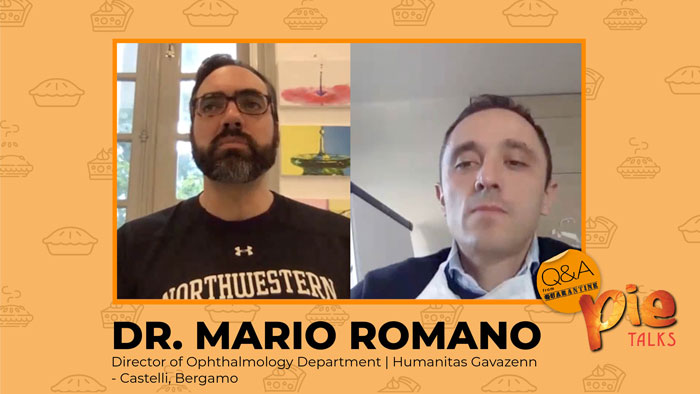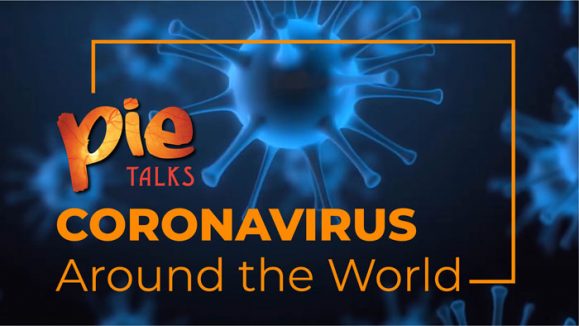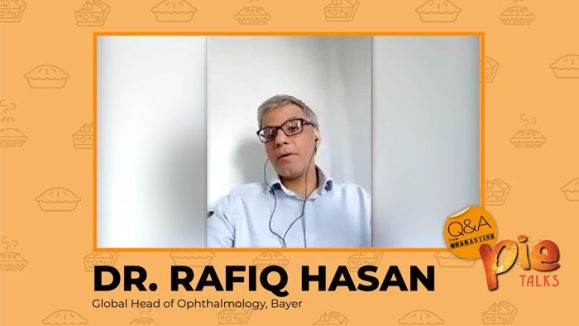- Dr. Romano was at the center of the outbreak in Bergamo, Italy.
- Dr. Romano noted that ophthalmic procedures can increase the risk of COVID-19 exposure.
- Telemedicine is a growing trend that has gained converts across all medicine, including ophthalmology.
In a continuation of talks held during the COVID-19 quarantine with leading ophthalmologists around the world, PIE magazine CEO Matt Young spoke with Dr. Mario Romano of Bergamo, Italy. This interview stands out as particularly interesting because Dr. Romano is in what unfortunately became the first epicenter of COVID-19 in Europe. Consequently, both Dr. Romano and the region have seen a much greater progression of the disease and its effects — both on ophthalmology and on society as a whole.
His perspective on the disease is thus quite telling, and for many it may be like looking into the future. As Italy was the first country to be truly hit hard in the western world, information was very limited at the time.
Setting the Stage
The COVID-19 outbreak in Bergamo was and is no joke, though the worst seems to be over. Just how serious was it? Dr. Romano estimated that around 80% of his ophthalmology department’s members were infected — and they even lost one of their doctors to the disease. So, that should probably set the tone for the gravity of the situation.
Dr. Romano even noted that both he and his wife had contracted the virus, though they were asymptomatic and weren’t tested until much later. At that stage, he suggested it was most likely that he caught it in the hospital — whether from another doctor or a patient, however, he’ll never know.
All ophthalmic procedures were stopped at his clinic in early March. But by that point it was too late: The virus was already out in force and was tearing through the local population. Unless you were living under a rock at the time, you most certainly heard of the hardships northern Italy faced.
Protecting Both Patient and Doctor
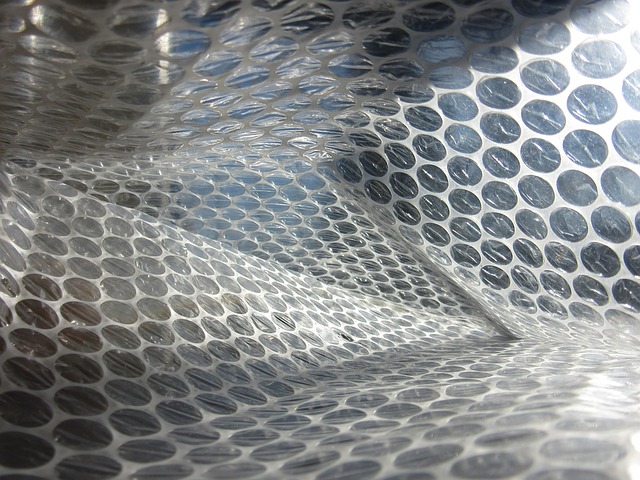
Because ophthalmology is necessarily an up-close and personal type of practice, it is inherently incongruent with a disease that spreads via breath (i.e. aerosol droplets). So, from the very beginning of the outbreak, both doctors and patients were extremely concerned with how to protect themselves from the disease. After all, it was just as likely for a doctor to infect a patient as it was for a patient to infect a doctor.
As he said, “What I want to really share is the problem of COVID-19 is not the eyes, it’s ophthalmology itself, because we’re very close to the patients during examination. So the main problem is not conjuntivitis — we can find the eye disease. But the problem is our safety and the safety of the patients that we are in contact with, because we are visiting mostly old people — so a high risk population.”
Unsurprisingly, ophthalmology largely went by the wayside for a while as the panic set in. COVID-19 became the sole focus of the hospital. “We had a period where the ophthalmology department was completely closed,” he said. “We didn’t see any patients — we didn’t do anything because our hospital was full of COVID-19 cases, so all the efforts were just for that.”
And at the beginning of the outbreak, the lack of information led to confusion in the hospital. How to even know which mask to choose, for example? There was very little data at the time, and everything was a battlefield decision.
“I think the main problem was really to know how to protect ourselves even in this period because it was not easy to immediately understand the difference between and the filtering capacity of a surgical mask, of FFP2, N95, FFP 3 or N99,” he said, describing different types of masks. “So, there’s the mask with the filter on, with the valve and without the valve, because with FFP2 you can have a valve and the filtering capacity is completely different.”
His main concern now is if there’s a phase 2 — a second wave — which could potentially be more dangerous than the first.
Telemedicine Makes Another Convert
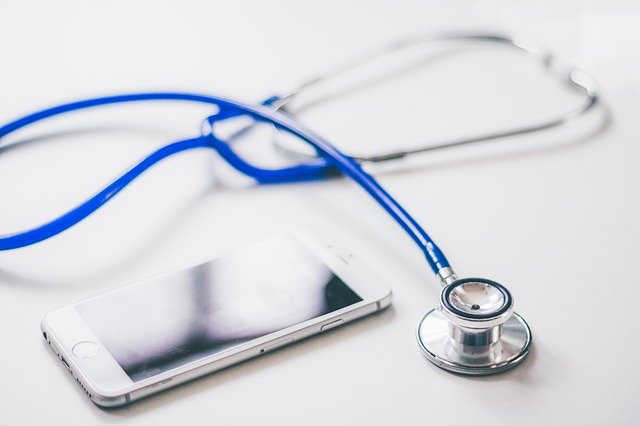
Telemedicine is one of the hottest terms in the industry right now, and for good reason. It is proving to be a useful tool to prevent face-to-face time, thus lessening any risk of infection in the short-term. In the long-term, however, many doctors appear to be interested in transferring more of their consultation time to telemedicine, including triage.
As Dr. Romano put it, “Telemedicine is really the way to carry on now . . .telemedicine means right now, we are organizing our department with one triage that can be done now with a phone call — it begins as a general triage and then an ophthalmology triage. And then we can choose if the patient goes for telemedicine or a face-to-face visit. And telemedicine also means home delivery care, also specific imaging that (we) can get remotely.”
He pointed out that telemedicine can help reduce the number of patients in the hospital, thus diminishing crowding and preventing queues.
Dr. Romano also noted that telemedicine gives physicians valuable tools to help follow up on patients, rather than require them to come back to the clinic for further one-on-one visits.
The Light at the End of the Tunnel
The situation in Italy appears to have stabilized, even if it’s not over yet. Cautious optimism has replaced the panic that gripped the country in the beginning as the picture of what’s to come comes into sharper focus.
He noted that the R0 — the average number of new people an infected person infects — has dropped to between zero and one, which is what is necessary for a disease to be contained. He shared his positive outlook: “The situation is much better and, of course, I’m not an epidemiologist, but we are all of us now looking at this number in terms of a probability to spread the seal around the disease.”
Containing the disease is like containing a wildfire — it’s from there that the healing can begin. Italy is much further down the road than other countries, some of which are just entering their peak. Because of Italy’s tribulation — and information contributed by physicians like Dr. Romano — we now know much more about the disease than we did before. Let’s remain eternally grateful for their courage.
Editor’s Note: This story is part of the continuing ‘Q&A from Quarantine’ series of PIE Talks, where Matt Young (CEO of Media MICE and Publisher of PIE and CAKE magazines), during the time of COVID-19 lockdown, reached out to KOLs and industry friends to evaluate and discuss the impact of this pandemic to the ophthalmic world.
